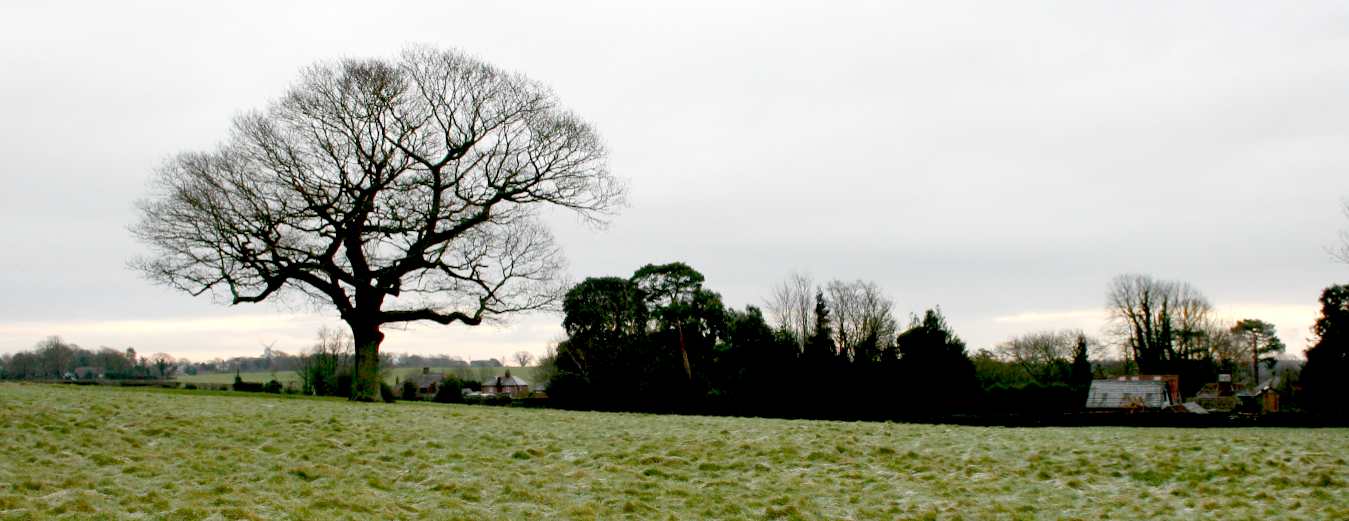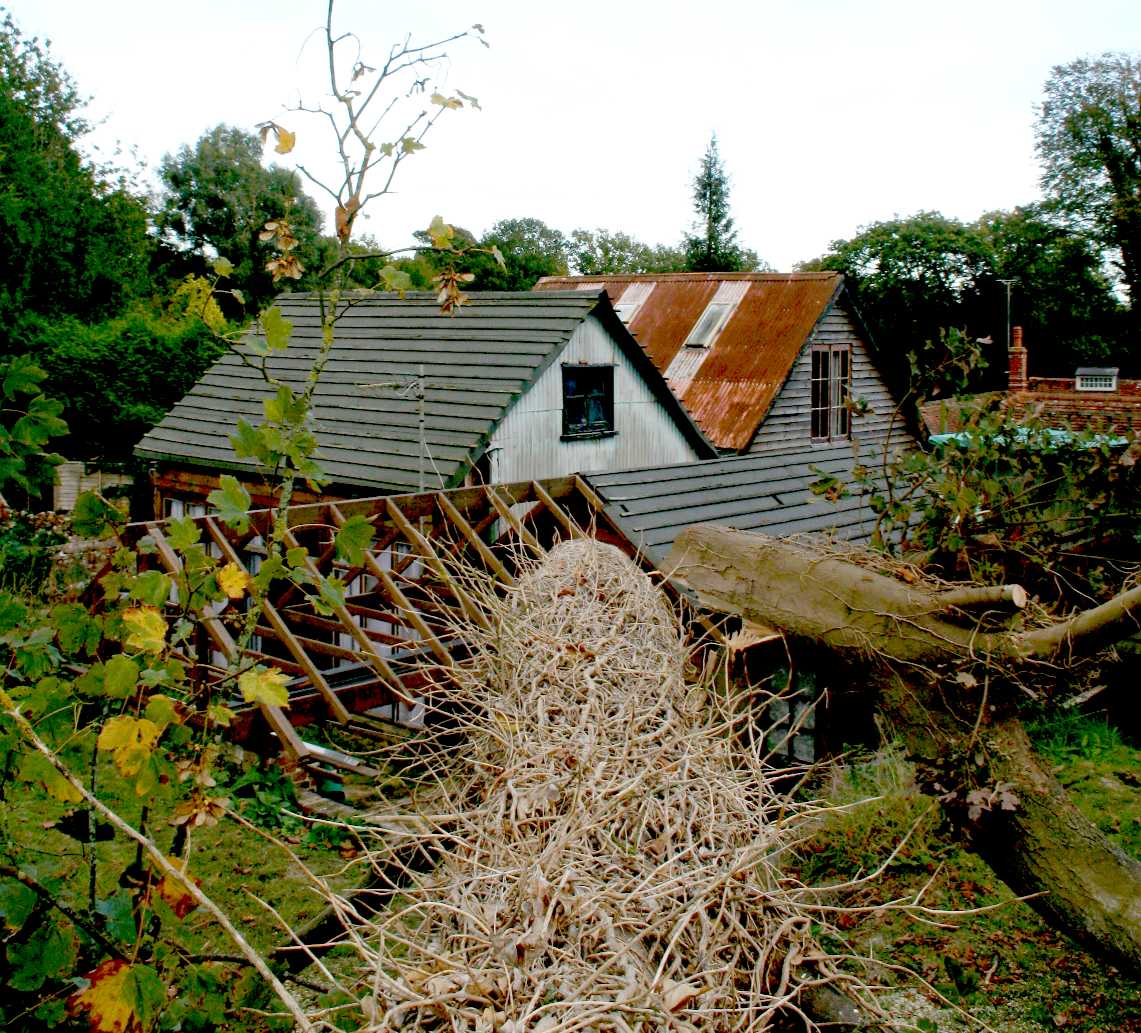|
ENGLISH HERITAGE
BARKER PAUL | BIRD CHEZEL | BROWN DR ANDREW | COSSINS SIR NEIL | JOHNSON CASPER | MAGNUS SIR LAURIE | WOODCOCK DR ANDREW
|
|
|
English Heritage was created by Parliament in 1984 and charged with the protection of the historic environment and with promoting public understanding and enjoyment of it. English Heritage is the Government's official adviser on all matters concerning heritage conservation, conservation areas, and the repair of historic buildings.
English Heritage's principal aims are:
1) To secure the conservation of England's historic sites, monuments and buildings. 2) To promote people's access to, and enjoyment of, this shared heritage. 3) To raise the understanding and awareness of our heritage to increase commitment to its protection.
EH CONTACTS
English Heritage 23 Savile Row London, WC1H 1AB Tel: +44-171-973-300 Fax: +44-171-973-3001 Email: http://www.eng-h.gov.uk Web: www.english-heritage.org.uk
Despite the grand statement as to protection of historic buildings, in fact English Heritage are relatively powerless to prevent any local authority abandoning their own duty to protect the built environment, as seen in the letter from Sir Neil Cossins. Hence, if a local authority decide to turn a blind eye to their responsibility to the historic environment, as frequently happens and the example given herein demonstrates, historic buildings are at the mercy of planning committees who are in turn at the mercy of unbalanced or otherwise biased or incomplete reports by their officers.
In the superbly documented example we are proud to report below, consecutive serving conservation officers with the Wealden District Council, first ignored all clues to the origins of a historic building, then later when English Heritage's Dr Richard Morrice confirmed the historic find, declined to answer pointed questions as to the value of the historic find. In this example Wealden's so-called conservation expert knew a DOE Inspector had not been given the correct information by his predecessor, but knowing and fearful of losing favour with his bosses, he refused to clarify the situation for a councillor asking direct questions, presumably having been warned by his instructing legal department his future with Wealden rested on his cooperation to continue in denial.
This amazing view is the only one of its kind in the world. As an example of technology change and adaptation it is unique. Under the left boughs of the oak tree in the left of the picture is the windmill at Windmill Hill that made the flour for the Herstmonceux village bakery. On the right is the electricity generating buildings that powered the village bakery. This view across a public footpath, will be lost forever to those who enjoy access to the countryside and historic buildings, if a proposal to flood the village with up to 70 houses more than is required by the Secretary of State for this area of Sussex.
* Herstmonceux Generating Works - INDUSTRIAL ARCHAEOLOGY
MORE OF THIS STORY COMING SOON English Heritage's Archaeology and Survey Department The Archaeology and Survey Department is part of English Heritage's Conservation Department and provides archaeological expertise and advice to the organization. The Archaeology and Survey Department consists of three divisions:
Publications and Consultation DocumentsManagement of Archaeological Projects (MAP2) The standard reference document for the planning of archaeological projects is available here in an online version. Archaeology and English Heritage: Agenda for the future The draft Research Agenda is now available in portable document format (pdf) to read on-line, print or download. Monument Class Descriptions: The Monument Class Description (MCD) is a key tool, developed and used by the Monuments Protection Programme, in the evaluation of monuments. To date a group of circa 225 MCDs has been prepared and one of the aims of their dissemination on the WWW is to facilitate their expansion, and further enhancement. MARS - Monuments At Risk Survey. The English Heritage strategy document produced in response to the MARS report and further information on the MARS project. Frameworks For our Past. This report summarizes the results of a survey of research frameworks conducted by English Heritage during 1995. The Report is now available in portable document format (pdf) to read on-line, print or download. The reports aims were to identify previous work and current activity, to list the documents already available and to analyse these geographically and by content, and to record perceptions of relevant issues, associated problems, and possible solutions. Archaeology Review The Archaeology Review is no longer published as an annual publication. Previous reviews are still available from this page. We are also compiling usage statistics for the review. Hypertext Geophysical Survey Reports. Most surveys undertaken by the Archaeometry Branch of the AML since 1993 are now available online Periodically Updated ResourcesArchaeology Commissions - Project Summaries. 2001 project summaries now available. Background information and a summary of work carried out on a number of projects funded through the Archaeology Commissions programme. Links to new projects will be added to the list as WWW summaries become available. Environmental Archaeological Bibliography. An online bibliographic database containing over 10,000 reports concerned with environmental archaeology. The reports cover all biological, pedological and geological work on material from archaeological sites. The Geophysical Survey Database. An on line database of information about geophysical surveys undertaken for archaeological purposes in England. Presently contains around 2000 entries. For most surveys undertaken by the Archaeometry Branch of the AML since 1993, hypertext copies of the reports are available. Ancient Monuments Laboratory Latest Available report summaries on line An on-line version of the most recent issue of our six monthly listing of AML reports. This lists all reports produced by laboratory staff in the period covered and incorporates summaries of each report. Publications by staff during the period are also listed. Ancient Technology Section's Scanning Electron Microscope Sample of the Month Presentations of Archaeology Division WorkWorld Heritage Sites and GIS: Introducing the Geographical Information Systems (GIS) in the management of World Heritage Sites (WHS). The Ancient Monuments Laboratory Bar Code Location Recording System A description of the object location system Links to other EH pages and independent sitesThe main English Heritage Website. Contains information about the entire corpus of English Heritage activities. Links Page listing other sites of related interest.
A special treat for country lovers who enjoy seeing rural buildings in the flesh. This relatively unspoiled example of early electricity generation is in much need of a new roof and woodwork treatments. A unique find, it is rare to see a semi-industrial building that is made of wood, survive two World Wars. Indeed, this building doubled up in World War Two as a hospital for wounded airmen. Hence the title RAF Herstmonceux, because of the special association that Sussex had with the Chain Home early warning radar station complexes at RAF Wartling and RAF Beachy Head.
THIS SITE CONTAINS MANY EXAMPLES OF LOCAL COUNCIL'S UNREASONABLE BEHAVIOUR -
With thanks to Action Groups across the country for the supply of real case history and supporting documents. *THAT THE PUBLIC MAY KNOW*
|
|
|
This site is free of © Copyright except where specifically stated. Any person may download, use and quote any reference or any link, and is guaranteed such right to freedom of information and speech under the Human Rights and Freedom of Information Acts. However, be aware that we cannot be held liable for the accuracy of the information provided. All users should therefore research matters for themselves and seek their own legal advice and this information is provided simply by way of a guide. Horse Sanctuary UK Limited.
|



